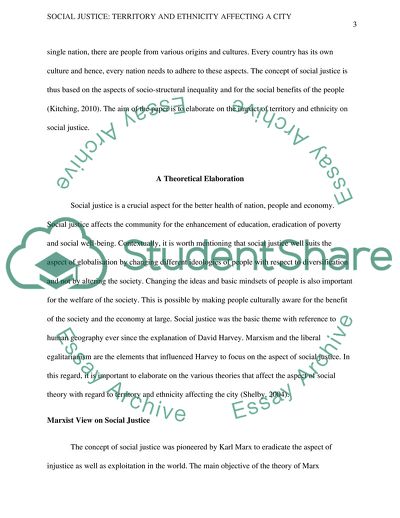Cite this document
(Social Justice: Territory and Ethnicity Affecting a City Coursework, n.d.)
Social Justice: Territory and Ethnicity Affecting a City Coursework. https://studentshare.org/social-science/1866094-social-justice-territory-and-ethnicity-affecting-a-city
Social Justice: Territory and Ethnicity Affecting a City Coursework. https://studentshare.org/social-science/1866094-social-justice-territory-and-ethnicity-affecting-a-city
(Social Justice: Territory and Ethnicity Affecting a City Coursework)
Social Justice: Territory and Ethnicity Affecting a City Coursework. https://studentshare.org/social-science/1866094-social-justice-territory-and-ethnicity-affecting-a-city.
Social Justice: Territory and Ethnicity Affecting a City Coursework. https://studentshare.org/social-science/1866094-social-justice-territory-and-ethnicity-affecting-a-city.
“Social Justice: Territory and Ethnicity Affecting a City Coursework”. https://studentshare.org/social-science/1866094-social-justice-territory-and-ethnicity-affecting-a-city.


